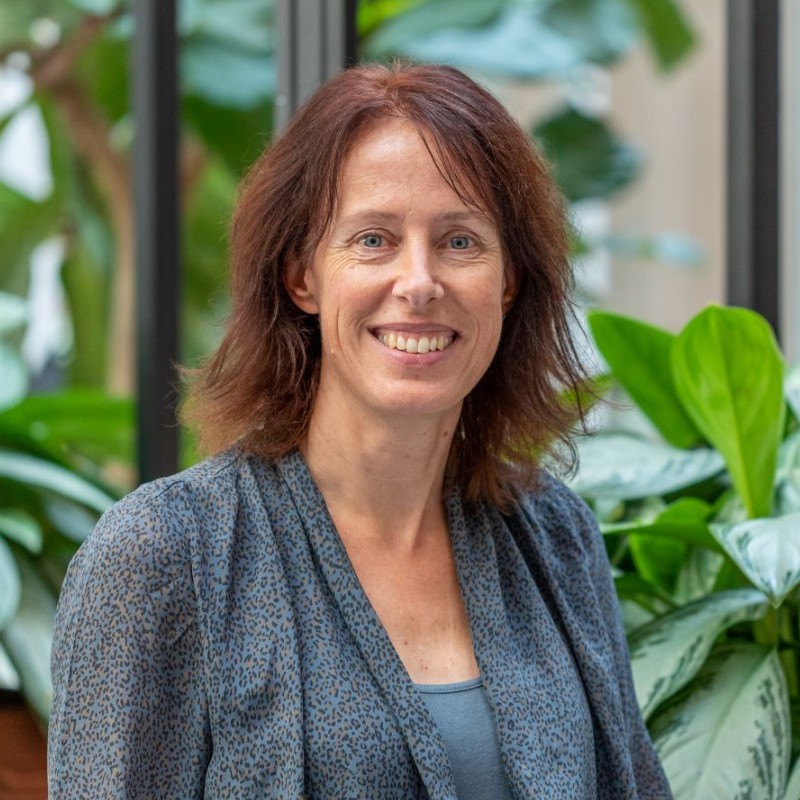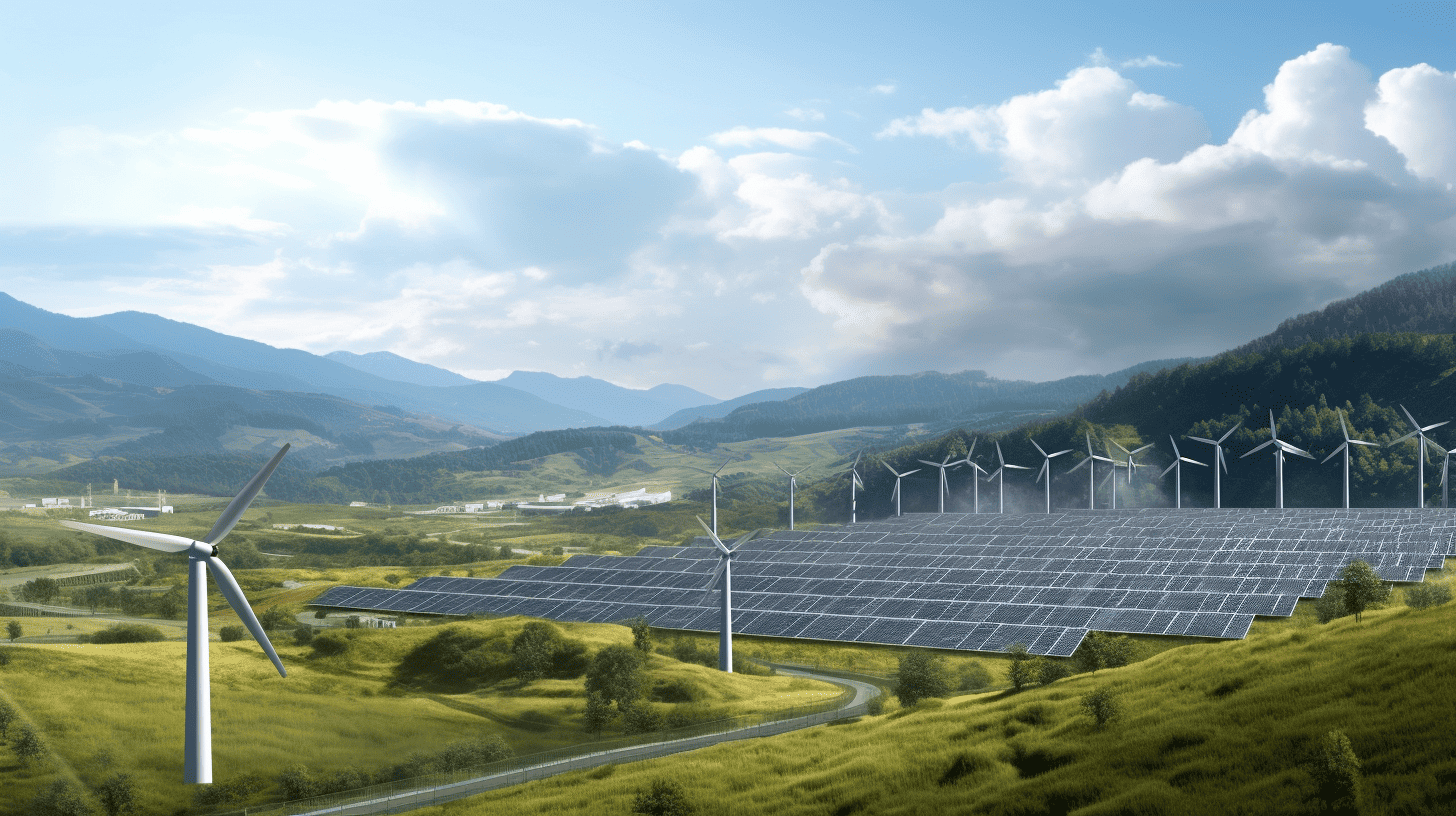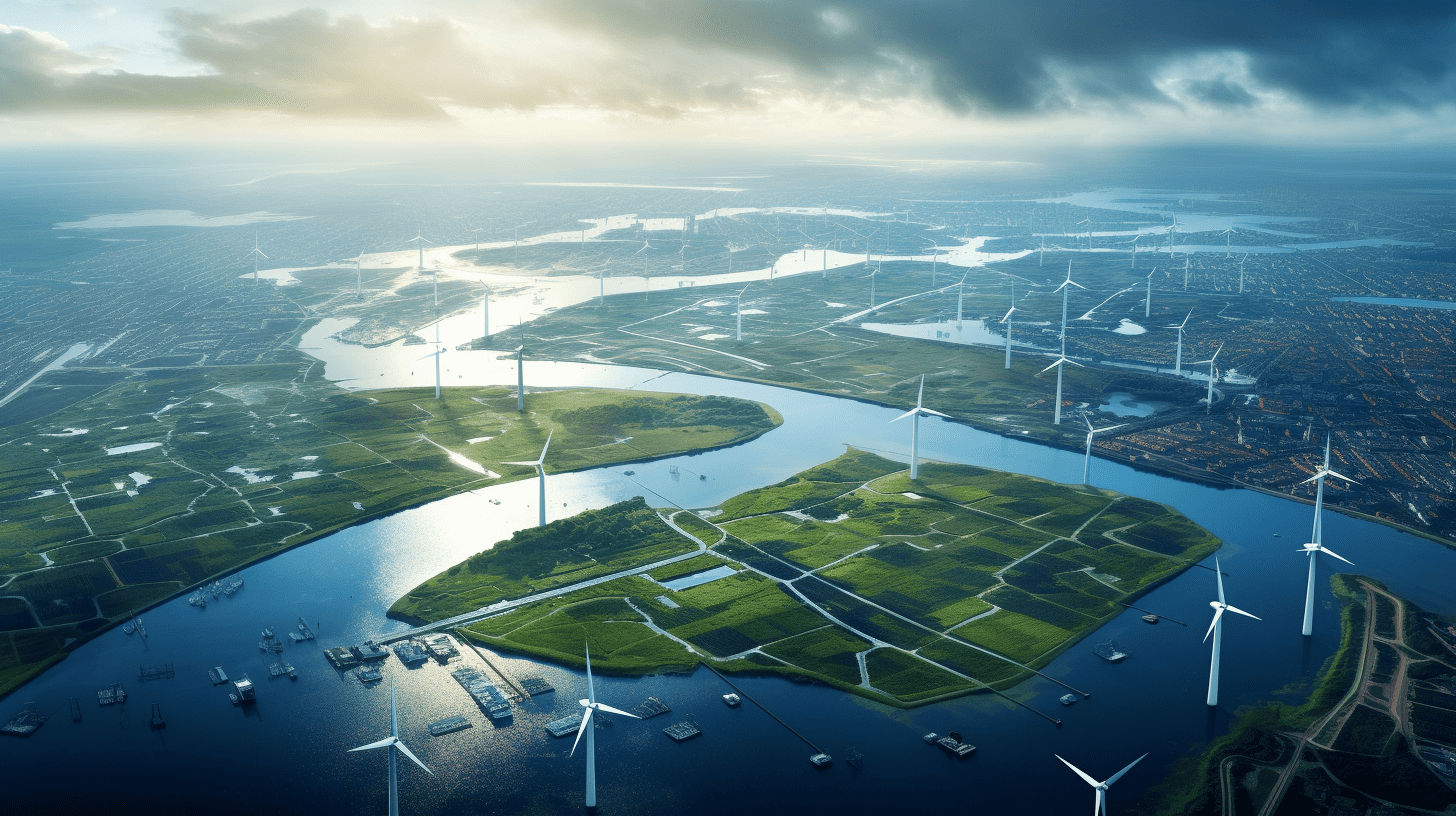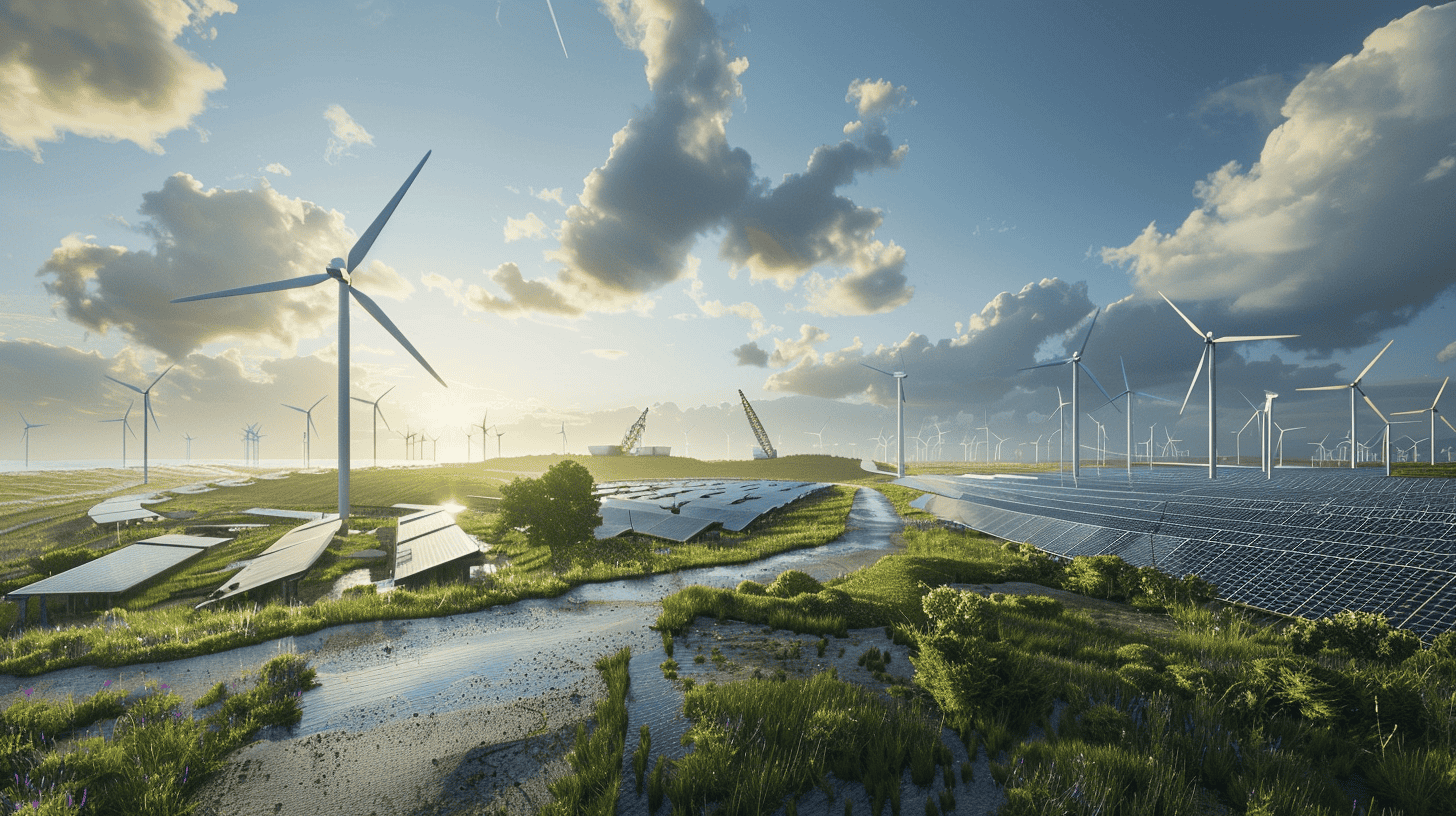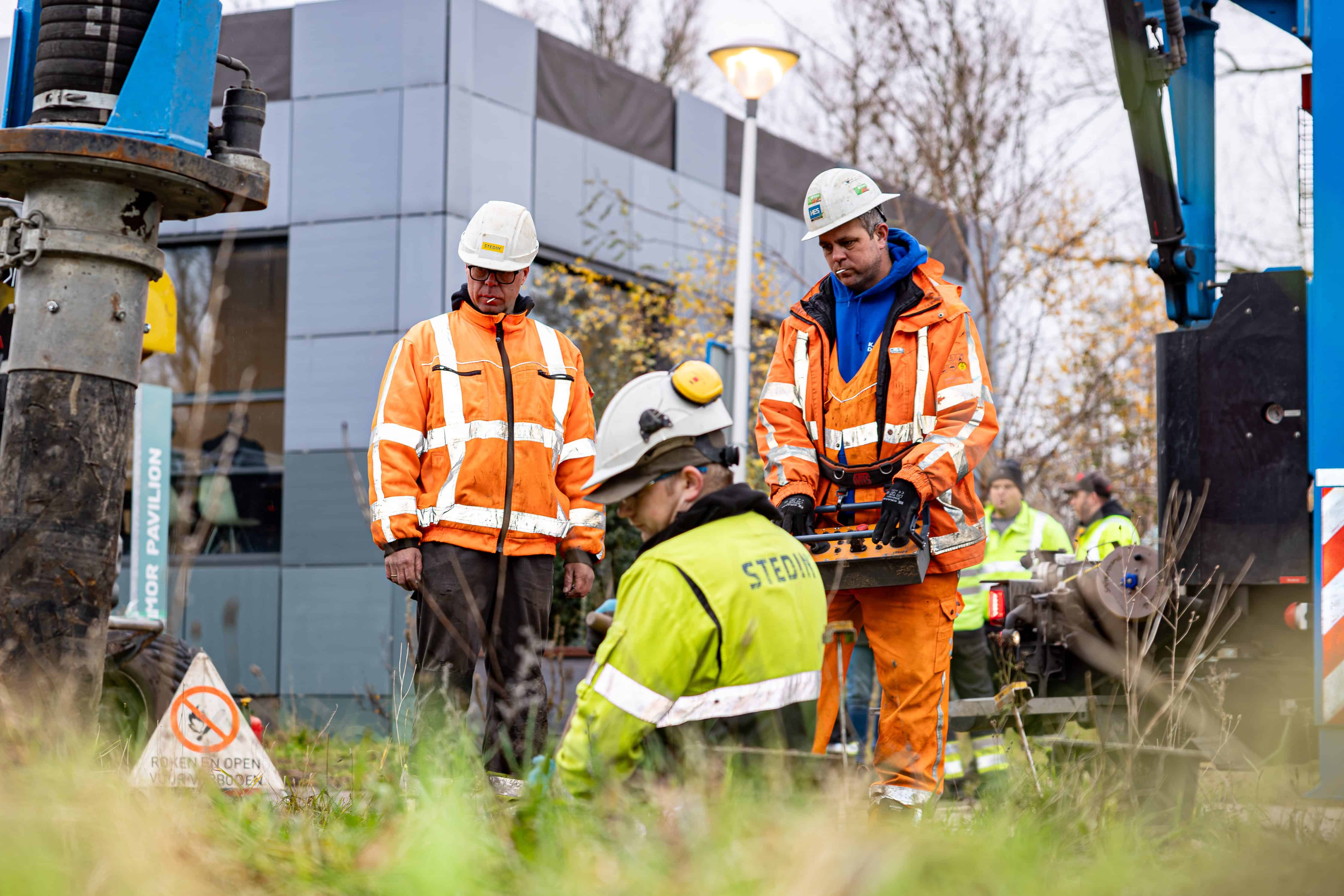
The energy transition is sorely needed to meet the 2050 climate goals. The production of solar panels, wind turbines, batteries and green hydrogen calls for raw materials, which are often scarce or rare. The Netherlands Organisation for Applied Scientific Research (TNO) recently calculated that a scarcity of raw materials could slow down the energy transition. Consequently, a circular transition is essential for the success of the energy transition.
Hydrogen is important as an energy carrier for the energy transition. The electricity surplus from wind and solar parks can be converted into what is known as green hydrogen with an electrolyzer. These electrolyzers need the scarce raw material iridium, among others. Green hydrogen can be converted to electricity in a fuel cell and then used when demand is greater. Or in places where the electricity grid is too small to transport large amounts of green electricity. But it turns out that if the EU wants to meet its targets for green hydrogen production, it will need more of the already scarce iridium than is currently being mined worldwide. This means that EU targets cannot be achieved this way.
Replacing scarce raw materials with alternatives
In order to make sure that hydrogen production with electrolyzers can still be successful, Fontys University of Applied Sciences (the Netherlands) is conducting research into electrolyzer setups together with the research institutes DIFFER, Syngaschem, and with DoMicro and Nouryon. They are investigating whether the scarce iridium and platinum in electrodes can be replaced by affordable and more readily available alternatives. Take, for example, the more prevalent nickel. Ultimately, the goal is to make green hydrogen production in an electrolyzer competitive for the market. At present, ‘grey hydrogen’ produced from fossil fuels is still cheaper.
Future-proof solar panels
Solar panels also offer ample opportunities to make them more sustainable and circular. For instance, Fontys is researching how to make the solar panel chain more sustainable. From production to recycling of panels, substructures and inverters. Also on how the costs and benefits can be fairly distributed. This will allow more people to have access to sustainable energy and will keep the share of the benefits within the region. There are opportunities for extending the use phase of solar panels by providing repairs and refurbishments. And there are prospects for reuse in the form of other applications, before the panels are recycled and the critical materials can be recovered.
Temporary storage places for raw materials
In fact, we should view all our devices and products as temporary storage places for raw materials. As in raw materials that are repeatedly reshaped over and over as much as possible. Raw materials that are not grown or are not infinitely available and are becoming increasingly scarce should be, so to speak, ‘borrowed’ from the earth. After use, we can then recover them from the products and devices to keep them ‘in the loop’ and reuse them in production. All the more so given that the extraction of raw materials also involves geopolitical, social and societal issues. Not to mention a high rate of environmental damage in the form of pollution of the ecosystem.
From a circular economy point of view, we should look at extending the service life of e.g. LCD and touchscreen screens in which iridium is used. By giving these screens a second life (second-hand appliances), through repairs and refurbishments. End-of-use recycling that preferably recovers 100% of the raw materials can contribute to a solution for the shortage of raw materials. We have to find ways to recover raw materials, to ‘mine’ them from our discarded products, from the built-up environment. One example where this train of thought is included as early as the design phase are lightweight, PFAS-free solar panels from Solarge. These panels are being designed with a view to dismantling, recovering and reusing the raw materials to produce new panels. This, of course, cuts down on the consumption of raw materials as well as the carbon footprint.
CO2 emissions
Circularity and energy transition also converge in the CO2 emissions from the industry that makes our products: The carbon cycle. It looks as if the EU will come up with stricter rules this summer. These will lead to a higher CO2 price. The rate at which CO2 allowances are being reduced each year is set to rise, and companies that emit a lot of CO2 will be granted fewer free rights. This will lead to a higher market price for non-sustainable products, making sustainable alternatives comparatively cheaper. Measures must be taken quickly by the EU to avoid any unwarranted profits and to foster sustainable innovation for circular and energy transition.
The circular transition is only just getting started
What will it take to accelerate this transition? What do SMEs and (government) organizations need and how can they be supported in this process? We can learn from energy transition because it is already underway. The aforementioned raw materials problem for green energy shows that the circular transition must be speeded up, or else there will be a shortage of raw materials. There is also still much to be gained in making products and appliances circular. Thanks to research by Fontys and others, we will be able to make a more effective and targeted contribution to the energy transition. But the main thing remains that without the use of circularity, we will never be able to achieve a successful energy transition.
About this column
In a weekly column, alternately written by Bert Overlack, Eveline van Zeeland, Eugene Franken, Helen Kardan, Katleen Gabriels, Carina Weijma, Bernd Maier-Leppla and Colinda de Beer, Innovation Origins tries to find out what the future will look like. These columnists, occasionally supplemented by guest bloggers, are all working on solutions in their own way on the problems of our time. So that tomorrow will be good. Here are all the previous articles.

